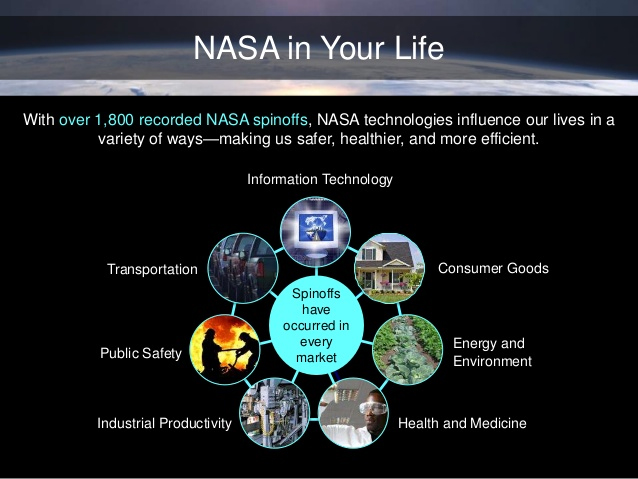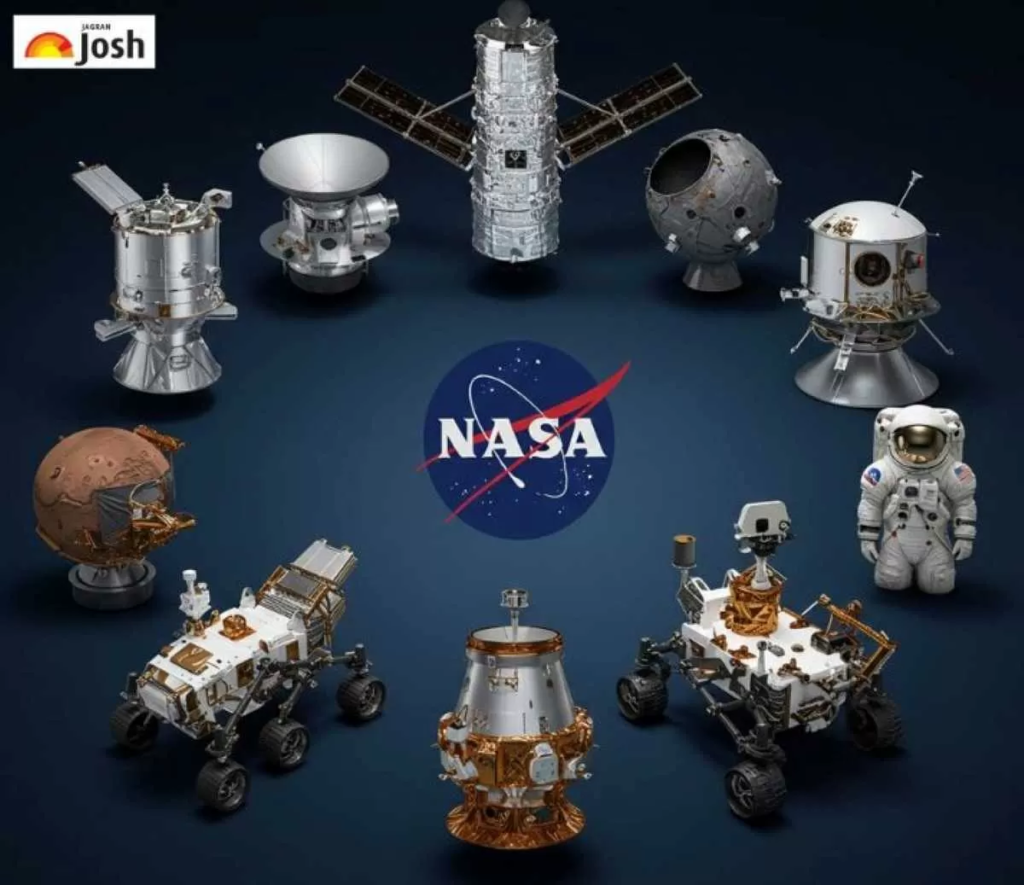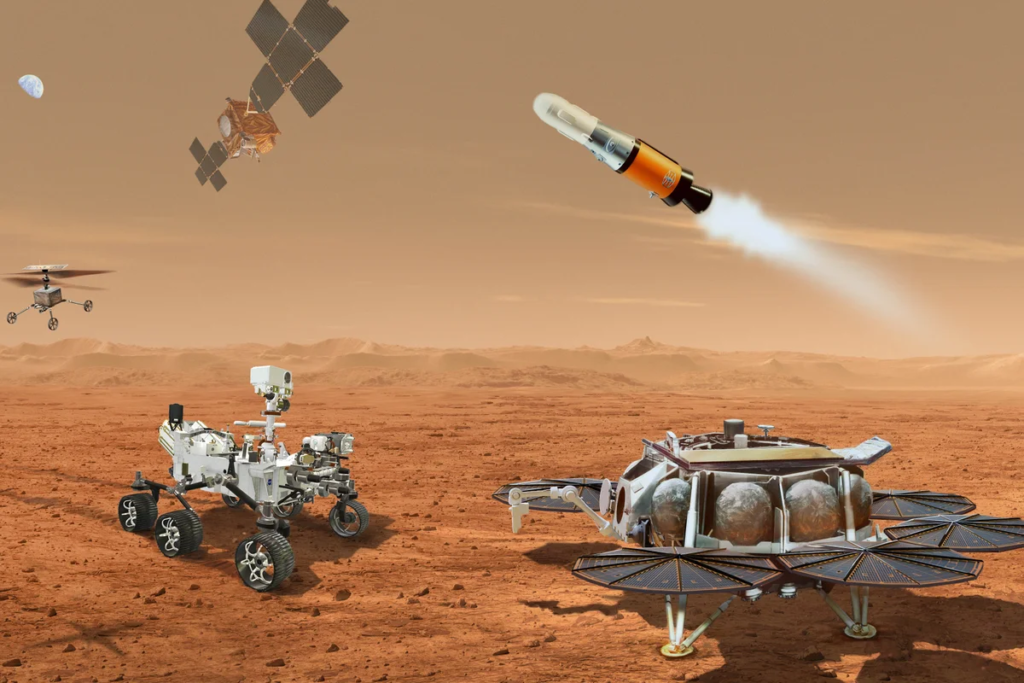
When most people hear “NASA,” they think of rockets, astronauts, and space missions. But NASA’s impact goes far beyond space. From smartphones to safer tires and even clean drinking water, many modern technologies have roots in NASA’s research. Over the years, the U.S. space agency has quietly fueled innovation that now shapes our everyday lives.
In this article, we explore how NASA has helped develop key technologies that power the modern world. Whether through direct invention or collaboration with private industries, NASA continues to play a major role in shaping the future of technology.
Table of Contents
NASA: More Than Space Exploration
NASA (National Aeronautics and Space Administration) was created in 1958 with the goal of leading the U.S. in space exploration. But since the beginning, the agency has invested heavily in research and development. The technologies created for space often end up solving problems on Earth.
This idea is known as “technology transfer.” NASA’s Technology Transfer Program makes sure that new innovations from space missions can be used in everyday products and services. This process has led to the development of thousands of products that we now take for granted.

Inventions That Came from NASA Research
NASA has contributed to some of the most practical and widely used technologies. Here are a few examples:
1. Memory Foam
Originally developed in the 1970s to improve crash protection for astronauts, memory foam is now used in mattresses, pillows, and even shoes. Its ability to mold to body shape and absorb pressure makes it perfect for comfort products.
2. Scratch-Resistant Lenses
If you wear glasses, there’s a good chance they have NASA’s technology in them. To protect astronauts’ helmet visors from scratches, NASA developed a special coating. That same coating is now widely used in eyewear.
3. Cordless Tools
In collaboration with Black & Decker, NASA helped design cordless power tools for space missions. Today, we use cordless drills, vacuum cleaners, and other portable devices built on that early work.
4. Camera Phones
One of the reasons your smartphone has a high-quality camera is because of NASA. In the 1990s, the agency funded research on compact imaging sensors. This technology became the basis for the cameras we now find in mobile phones.
5. Water Filtration Systems
NASA developed advanced water purification methods to provide clean water to astronauts during long missions. These systems are now used globally in areas that lack access to safe drinking water.

NASA’s Impact on Modern Industries
NASA doesn’t just create consumer products. Its research helps shape entire industries. Let’s look at a few sectors where NASA has made a big impact:
1. Health and Medicine
NASA’s research has led to better medical imaging, robotic surgery tools, and even artificial limbs. Monitoring astronauts’ health in space helped develop wearable health devices now used on Earth.
2. Transportation
NASA has developed better materials for airplanes, improved navigation systems, and made cars safer through crash analysis data. Its work in aerodynamics has also helped reduce fuel use in aircraft.
3. Environmental Tech
NASA satellites monitor climate change, air quality, and deforestation. These tools provide critical data that helps scientists and policymakers make decisions about the environment.
4. Agriculture
Using satellite data, NASA helps farmers monitor soil health, weather patterns, and crop conditions. This information leads to better harvests and more efficient farming.
Working with Private Companies
NASA works closely with private companies through partnerships and public contracts. This collaboration speeds up innovation and brings space tech into the commercial world.
For example, SpaceX, founded by Elon Musk, works alongside NASA to send astronauts and cargo to the International Space Station. At the same time, technologies developed during these missions often lead to commercial uses here on Earth.
NASA also licenses its patents to startups and major companies, encouraging them to create new products based on NASA’s ideas. This helps boost the economy and supports job creation.
Artificial Intelligence and NASA
AI is one of the most talked-about technologies today. NASA is deeply involved in developing AI systems for use in space and on Earth. These systems help in spacecraft navigation, analyzing data from space missions, and even predicting equipment failure.
AI developed by NASA is also being used in healthcare, finance, and transportation industries to improve decision-making and safety.
NASA’s Vision for the Future
NASA continues to look ahead. With plans to send humans to Mars, build permanent space stations, and explore deep space, the technologies developed during these missions will likely lead to even more breakthroughs for Earth.
In the coming years, we may see advances in renewable energy, smart cities, and robotics—all influenced by NASA’s work.
Why NASA Still Matters Today
NASA’s role is not just about exploring the stars. It’s about improving life here on Earth. The agency’s continued focus on innovation and its strong partnerships with industry leaders ensure that it remains a powerful force in technological progress.
Many of the devices and services we use every day—from the GPS in our cars to the clean air in hospitals—can be traced back to NASA research. As the world faces new challenges like climate change, global health crises, and digital transformation, NASA’s role in tech development becomes more important than ever.
Conclusion
NASA’s influence goes beyond the moon and stars. It’s in our phones, our homes, and even our hospitals. Through its commitment to innovation and collaboration, NASA has helped shape the modern world. As we continue to face new challenges and opportunities, the technologies born from space exploration will keep guiding us toward a smarter, safer, and more connected future.
Read More :- How 9 Best Technology Is Transforming American Healthcare



